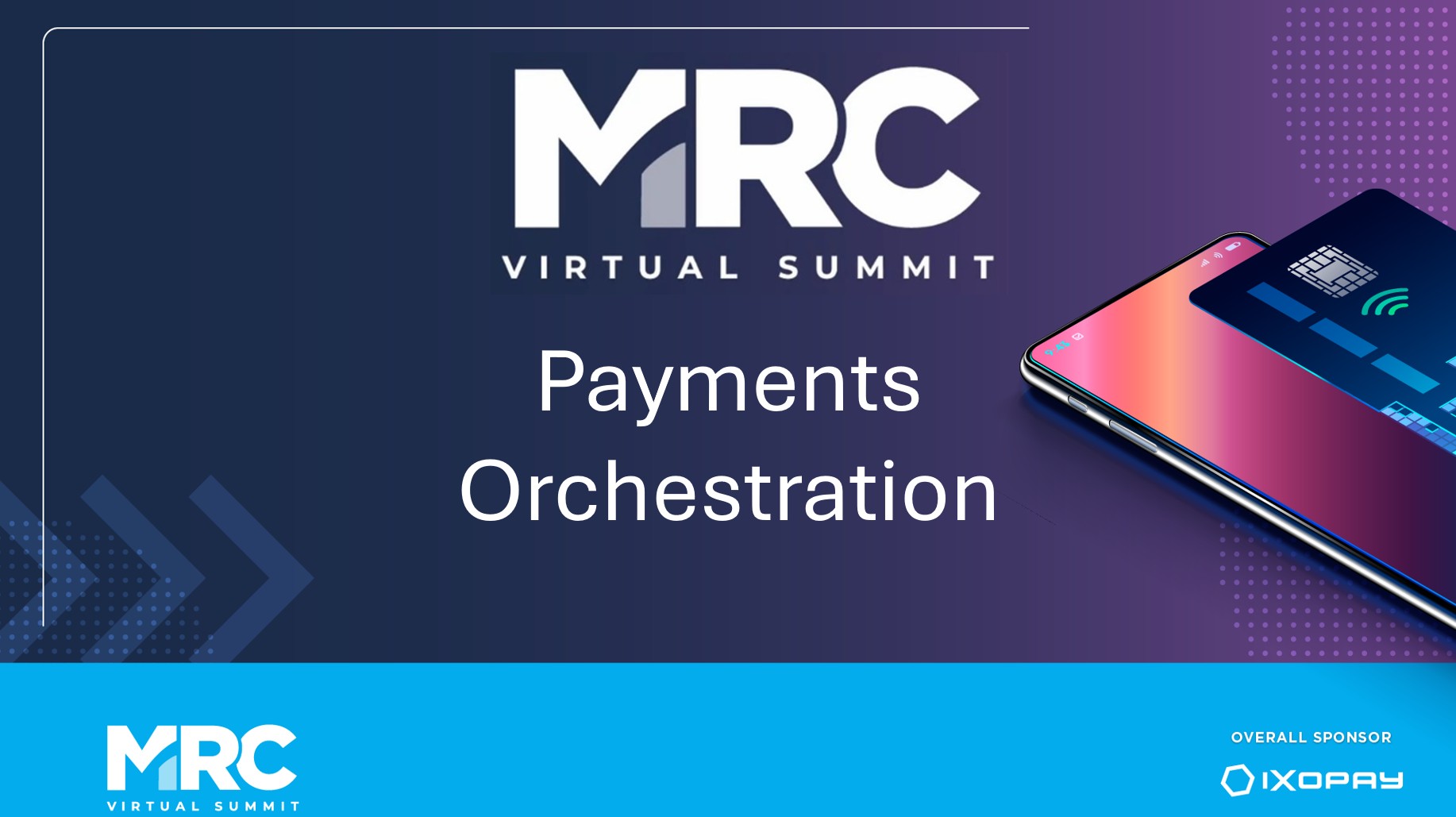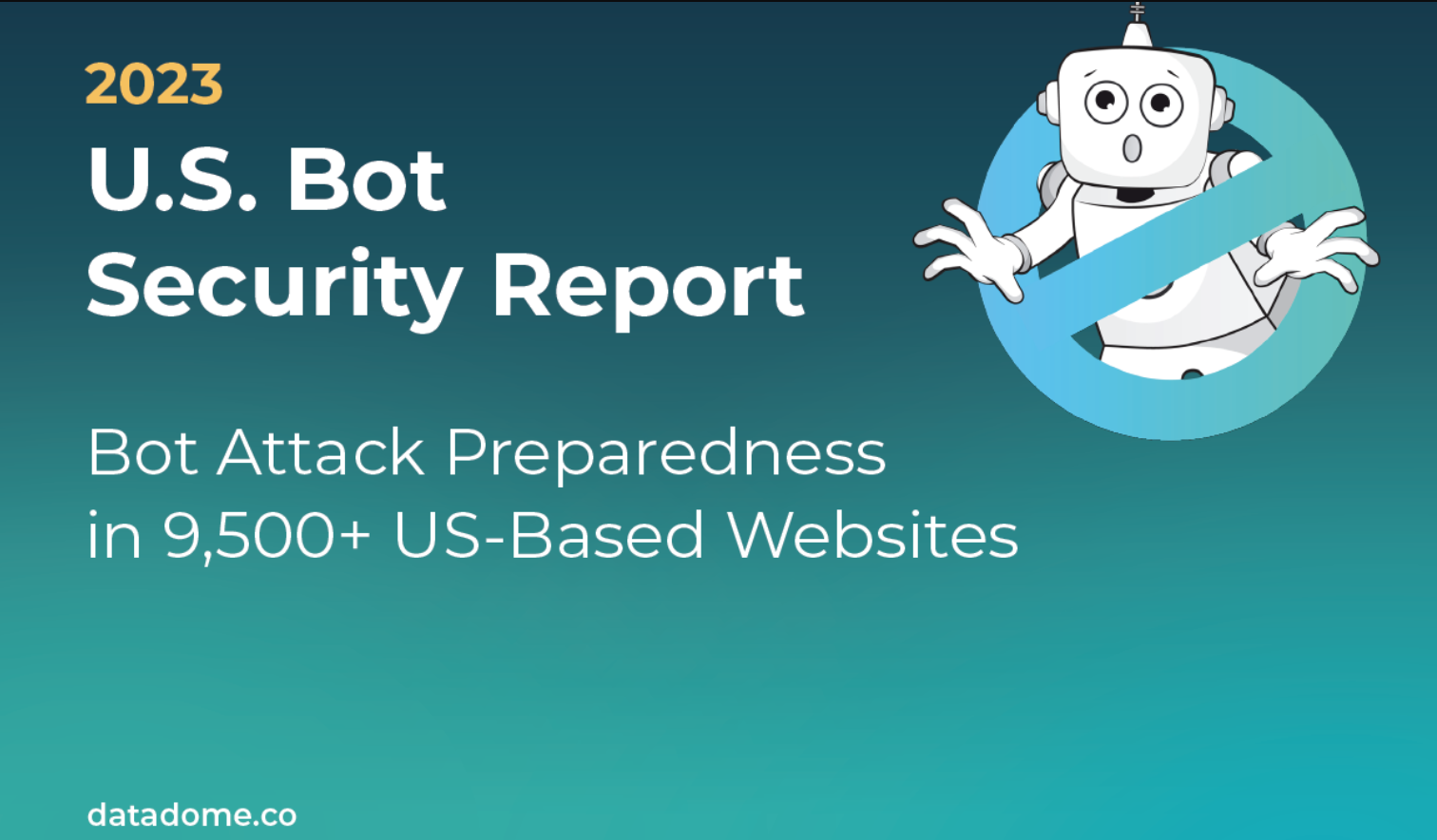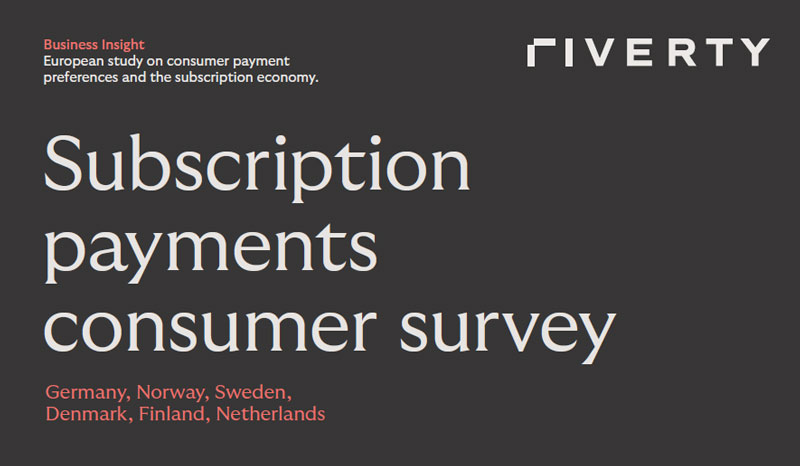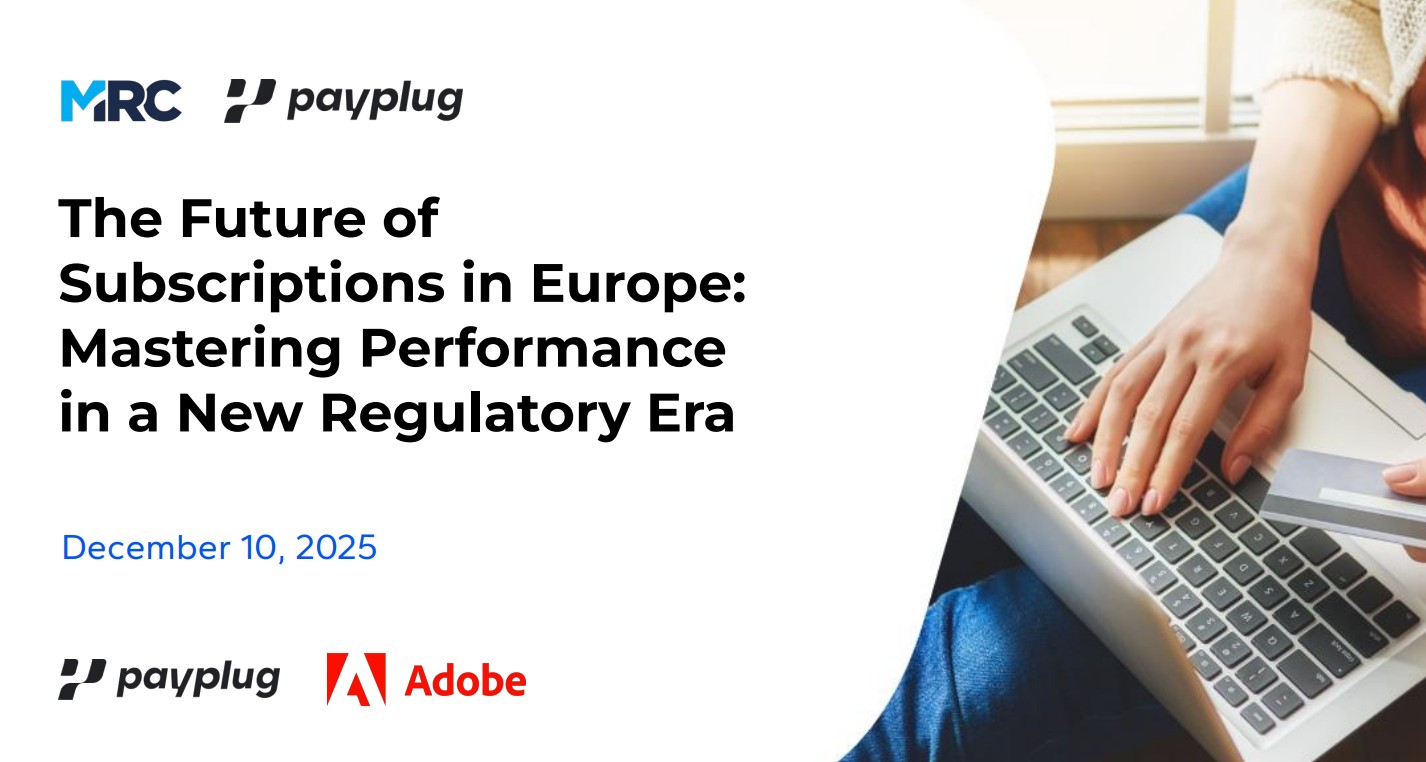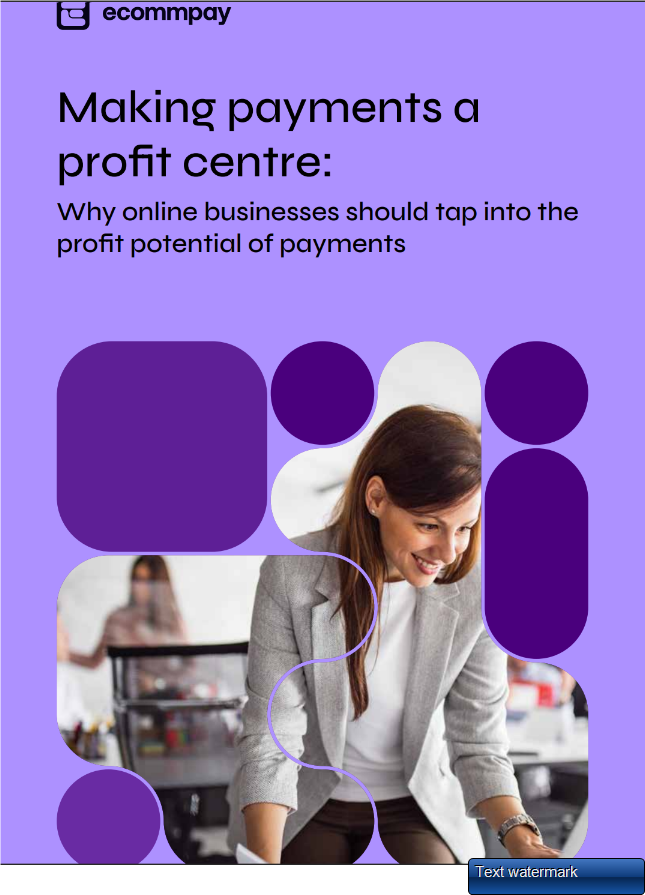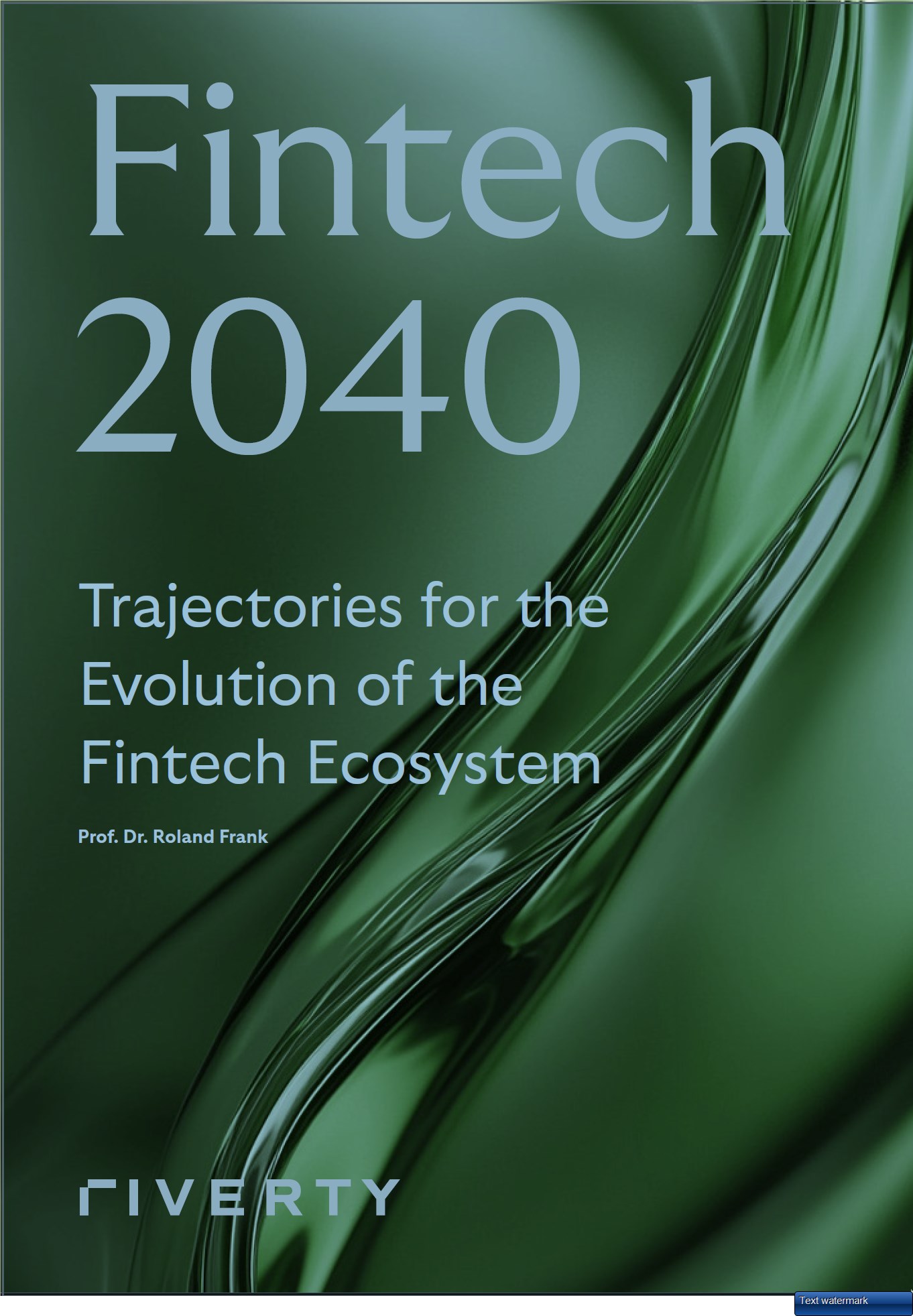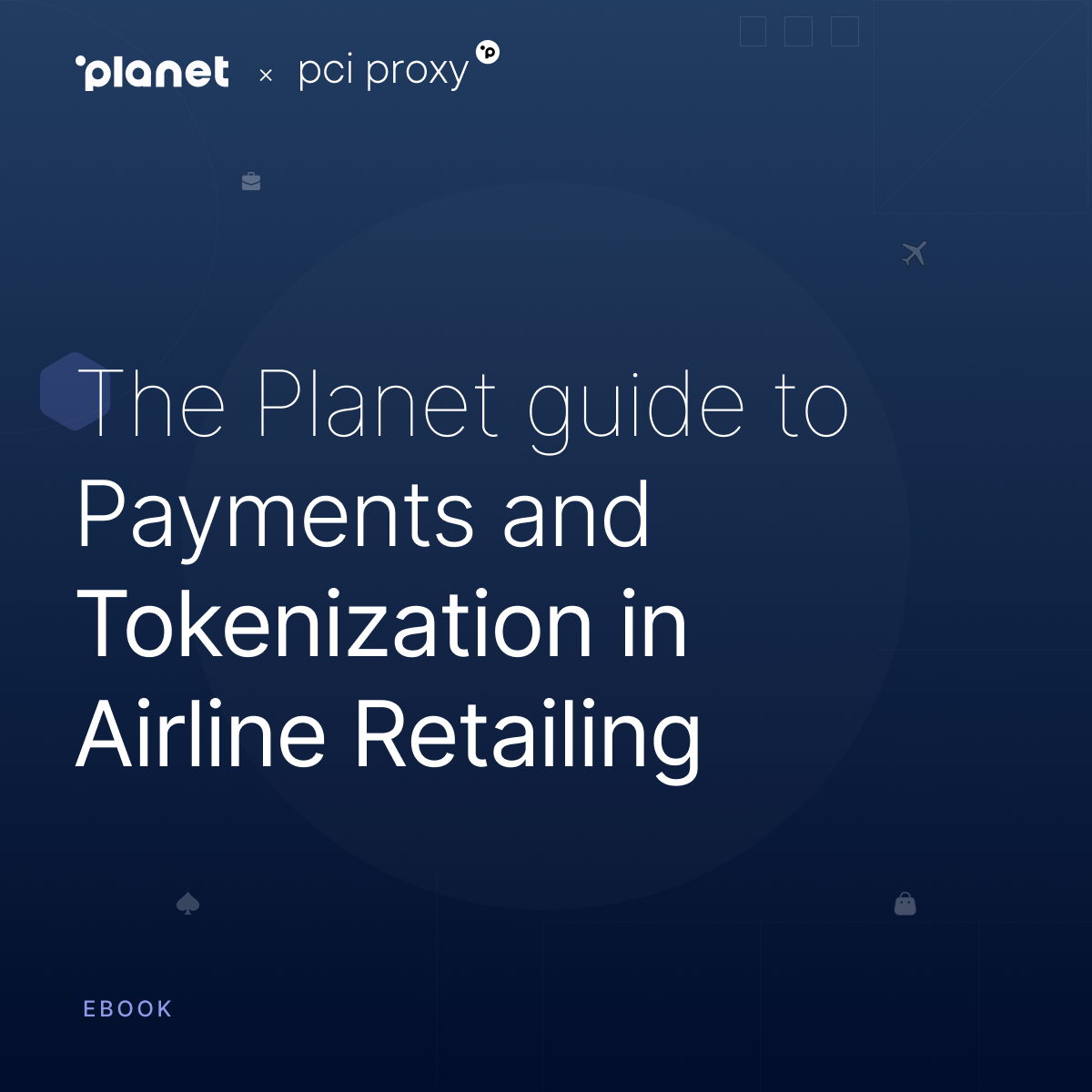3DS is a U.S. Merchant Blind Spot; Time to Bring it Into Focus
By Galit Shani-Michel, VP Payments, Forter
3D Secure is a mystery to many US digital commerce merchants. That makes sense, but it’s also the source of a serious missed opportunity. What’s especially interesting is that that’s true for merchants who don’t yet use 3DS and those who already do. Let’s dive in.
Why You Need to Know More About 3DS
3DS is one of those rare areas where even experienced, seasoned payments professionals are often unaware of the nuances involved, particularly in the USA.
This is partly for historical reasons; 3DS1 was such a disaster from the customer experience point of view that many payments experts dropped it from their radar entirely, and it’s taking time for the much improved 3DS2 to make inroads fixing that poor first impression. It’s partly for geographical reasons; 3DS is mandated in Europe through PSD2 and popular in the UK and APAC.
There are also cultural factors; there’s far more phobia around friction in the US, and even the slight chance of some friction can turn people off a solution. There’s also simply a lack of deep educational resources designed to help payments professionals catch up with everything they need to know.
Due to this lack of information and context, whether you’re using 3DS or not, you’re almost certainly missing something. With 3DS increasingly being encouraged by processors and PSPs in the US as an easy add-on, it’s time to fill in the gaps.
In this article, I’ll explore the primary blind spot merchants experience when they do start using 3DS and the main one that’s there when they haven’t started yet.
Using 3DS? You’re Missing Abandonments
You might think that if you’re already using 3DS, you must have all the information you need. You get a regular report from your provider about the service; presumably, that has everything you need to know. Unfortunately, that’s not the case — and what you don’t know can cost you.
The report you receive will show the abandonment rate for transactions that fail 3DS. There are two vital things that you likely won’t see.
Firstly, you probably won’t see the difference between failures due to fraud and failures coming from consumers who can’t handle 3DS. That’s more common than you might think; my mother is an example of someone who simply can’t manage the technical aspect of it most of the time. Other times it will be because people miss the window for inputting the code or share a bank account with someone who receives the code instead of them, and so on. These are people who should have been allowed to complete the transaction but weren’t.
Secondly, you won’t see the impact of using 3DS on bank authorization rates. This matters because while some banks like 3DS and view its use as a positive indicator for authorization, others dislike it, either because they think it denotes something suspicious or because they resent the liability shift it brings, making the bank liable for a chargeback should one occur.
Banks that dislike 3DS will authorize fewer transactions you send them that use 3DS than they would have authorized if you hadn’t used 3DS. That means that, in some cases, using 3DS causes customers to experience a false decline. Aside from the lost revenue, there is no worse customer experience.
Tailor Your Use of 3DS
It’s essential to track the impact of 3DS on consumers and banks because it’s in your power to mitigate the problems just described.
3DS is not intended to be a blanket solution, even though it’s sometimes offered as a “flip a switch and use it for everything” extension. You can tailor the use of 3DS so that customers with a history of failing to complete 3DS challenges never get sent any. Simply avoid using 3DS for these customers unless you know it can be the frictionless option.
Similarly, with banks, you can tailor the use of 3DS so that you don’t use it for transactions involving banks known to dislike 3DS or known to dislike it in the type of context relevant to that specific transaction. Only use it for banks that view 3DS positively or positively in certain circumstances.
You can tailor it yourself or via a third party like Forter that specializes in understanding and leveraging these nuances. That way, you gain all the advantages of the liability shift and additional certainty of legitimacy without paying the price in conversions.
Not Using 3DS? You’re Missing Opportunity
You might think that if you’re simply not using 3DS yet, you can’t have a problem. But that’s also not entirely true. Consider the liability that your company bears unnecessarily for all the transactions you could have used 3DS for but didn’t. You’re increasing your exposure to chargebacks by avoiding 3DS.
You’re missing out entirely on some transactions that could be “saved” if you used 3DS. High-risk transactions are often declined out of sensible caution. But if you use 3DS for these transactions, you’ll be able to gain what would otherwise be lost business and please good customers without taking on the chargeback risk yourself.
There’s also an extra advantage to using the 3DS “rails,” which is that you can use them to send additional information about transactions to banks to increase their insight into the orders and enable them to approve more transactions when they perform their own fraud checks. That’s more business you’re accepting rather than mistakenly declining.
Give 3DS a Try — With Your Eyes Open
3DS is worth trying, as many merchants in the US are starting to discover. If you haven’t had a discussion with your payments provider or upper management about it yet, it may come up soon. And that’s not a problem.
Remember that 3DS gives the best results when it’s used in a tailored fashion. If you make sure that your business is using 3DS in a way that is sensitive to the preferences of both consumers and banks, it can help you reduce liability, increase conversions, and improve customer experience.
Visit Forter for additional resources.




